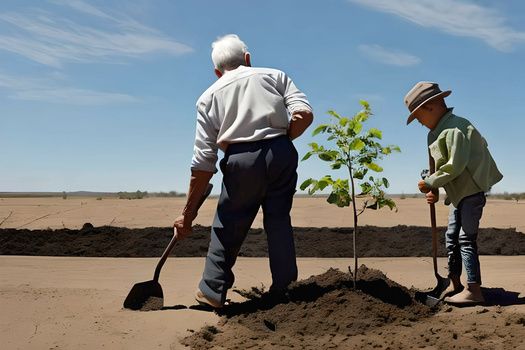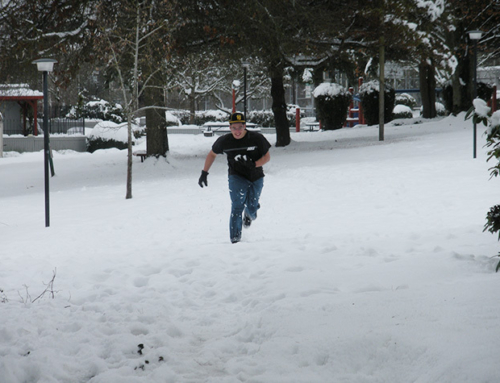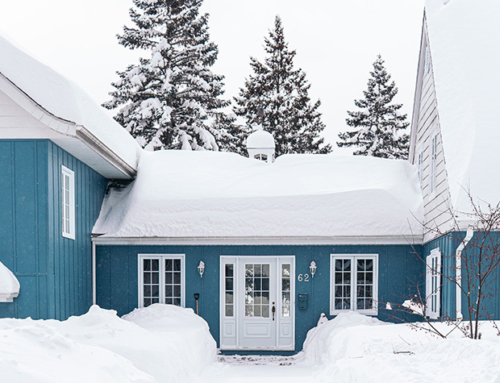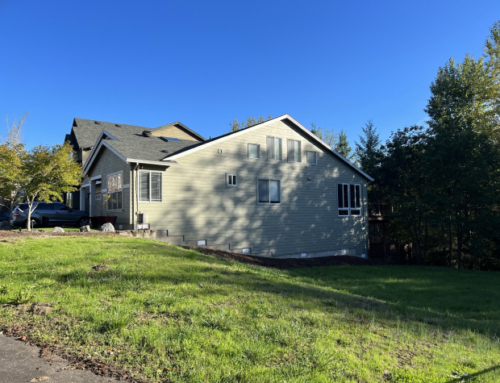Are you looking to lower your utility bills and do your part to save energy in America? You’re not alone – a lot of people feel the same way. The increasing cost-of-living crisis has made saving energy a necessity instead of a choice. Likewise, there is an immense focus on helping the environment because we are aware it is good to give back not just take all the time. You could save with something as simple as crawl space vent covers.
According to data, the United States fails to capture two-thirds of the power generated within the country. In addition, Americans spend around $429.33 per month purely on utilities, which equates to around 10% of their yearly income.
Therefore, Americans must do everything to reduce these costs. Here’s the good news: You can significantly reduce energy and money on your utility bills with a few straightforward DIY home improvements.
Let’s take a look at five ways you can reduce energy costs through home improvements:
1. Seal Crawl Space Foundation Vents
One of the most neglected areas in homes when it comes to energy efficiency is the crawl space. These invisible spaces can be a powerful source of energy loss, specifically during severe weather conditions (cold and/or hot) when you leave your crawl space vent covers open.
For instance, in the cold winter months and scorching summers, having unsealed crawl space foundation vents allows unwanted hot or cold air to penetrate your home. As a result, this will cause your HVAC system (your furnace and your air-conditioner) to perform overtime, which will significantly make your energy bills high.
To fight this problem, you should consider installing Vanity Vents Vent Covers and Vanity Vents Insulation Blocks. These affordable DIY long-term solutions provide a double layer of solid insulation by closing and sealing the vent openings in your crawl space foundation resulting in up to a 20 degrees temperature differential between outside air and inside air. So when it is 40 degrees outside it is about 60 degrees in your crawl space working to warm your home in the Winter… heat rises. When it is 90 degrees outside it is about 70 degrees in your crawl space working to keep your home cooler than the outside.
And the best part? You can feel the extra comfort in your home.
2. Upgrade Your Insulation
Adequate insulation is the spine of energy efficiency in any home or commercial building. Insufficient or outdated insulation can lead to temperature fluctuations, forcing your HVAC system to work harder than necessary.
You can start by adding or upgrading insulation in key areas of your home—such as the attic, walls, crawl space, and floors. Similarly, sealing gaps and cracks around doors, windows, foundation vent openings and other openings will also improve energy efficiency.
3. Install Programmable Thermostats
The days when your thermostat was the same temperature all day are long gone, and a programmable thermostat can be a game-changer when it comes to energy savings and lower utility bills. By allowing you to set specific temperatures for different times of the day or week, you can optimize your HVAC system’s operation.
For example, you can program the thermostat to lower the temperature when you’re away at work and raise it shortly before you return home. As a result, you’ll ensure comfort while reducing energy consumption.
4. Switch to LED Lighting
Traditional incandescent bulbs use a considerable amount of energy and have a small life in comparison to LED bulbs. The good news? You can reduce your electricity usage and enjoy longer-lasting, bright lighting in your home by replacing incandescent bulbs with LED lighting.
LED bulbs not only use less energy but also yield less heat, which can decrease your cooling costs during the hot summer. This straightforward switch can lead to significant long-term savings while diminishing your carbon footprint.
5. Weatherproof Doors and Windows
Drafty doors and windows can be huge culprits for energy loss. To address this issue, you must consider weatherproofing these areas. For instance, you can use weatherstripping, caulking, or in some parts of the country you install storm doors and windows to create an extra wall against the elements.
This additional insulation helps preserve a constant indoor temperature, lowering the strain on your heating and cooling systems. By reducing heat transfer through doors and windows, you’ll experience improved energy efficiency and a more comfortable living environment (all while saving money on your utility bills). This is especially important if you live somewhere prone to rain, such as the Northwest and Southeast areas in the United States.
Other Ways to Save Energy and Reduce Costs
- Seal Leaks and Gaps: You should regularly inspect your home for gaps, cracks, and leaks in walls, doors, and windows. Although some of these seals and cracks can be hard to see on the surface, finding them and sealing them can make an immense difference. Don’t forget the great big holes in your foundation called crawl space vent openings.
- Energy-Efficient Landscaping: You could also strategically plant trees and shrubs around your home to provide shade during the summer and act as windbreaks during the winter, reducing the workload on your HVAC system.
- Reduce Water Heater Temperature: Lower your thermostat to 120°F (49°C) to reduce the energy used for heating water. Additionally, insulate the water heater (with a “jacket” – visit Home Depot) and hot water pipes to minimize heat loss.
- Use Energy-Efficient Showerheads and Faucets: You could also install low-flow showerheads and faucets to reduce hot water consumption, saving water and the energy required to heat it.
- Optimize Laundry Practices: You can wash your clothes with cold water whenever, and wait until you have a full load to operate the washing machine. Similarly, dry your clothes using a clothesline or energy-efficient dryer settings.
- Invest in Energy-Efficient Appliances: Upgrading to energy-efficient appliances extends beyond replacing light bulbs and thermostats. It also includes investing in energy-efficient appliances for your kitchen and laundry room. This change can make a massive difference to your bills.
- Energy Audit: You should also consider planning a professional energy audit of your home. This assessment can determine specific areas where you can enhance energy efficiency. There’s a good chance they’ll find areas you haven’t thought about.
Final Thoughts
The long list above about Saving money on energy bills may seem daunting, and there are so many ways you can lose energy through your home. That said, if you follow the tips in this article and undergo these key home improvements, you can make a significant difference to energy bills in just weeks. If you don’t know where to start then just pick “one”… take the first step and the second step will reveal itself.
If you’re looking to save money by venting your crawl space, Vanity Vents has the products to help you. Not only do vent covers and Insulation Blocks preserve energy, but they can also add important decoration to your home. Contact us today to find out more.







